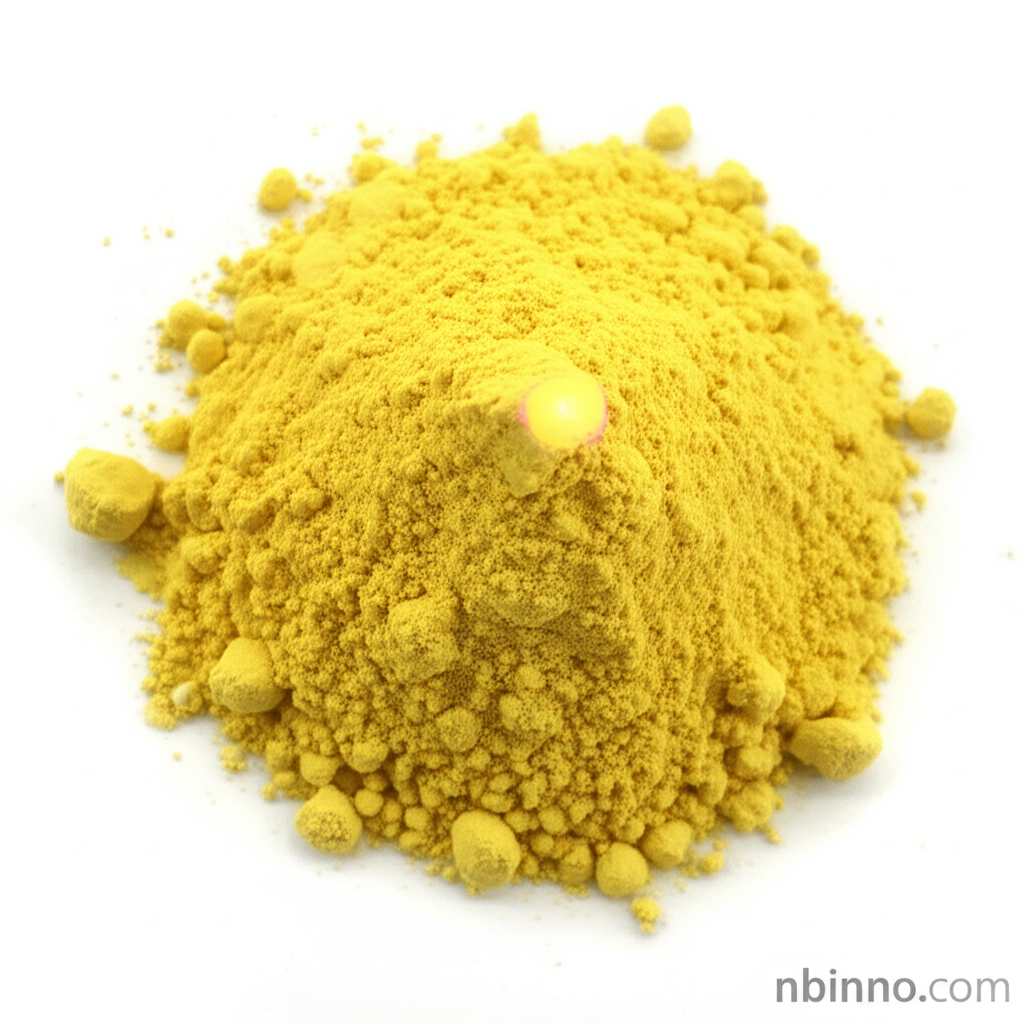Chlortetracycline Hydrochloride: A Broad-Spectrum Antibiotic for Veterinary and Agricultural Applications
Discover the critical role of Chlortetracycline HCl in animal health, agriculture, and its potential in human applications.
Get a Quote & SampleProduct Core Value

Chlortetracycline Hydrochloride
Chlortetracycline Hydrochloride (HCl) is a vital broad-spectrum antibiotic, widely recognized for its efficacy in veterinary medicine and agriculture. Its primary function is to inhibit bacterial protein synthesis by binding to the 30S ribosomal subunit, thereby controlling bacterial growth and reproduction.
- Explore the mechanism of action of Chlortetracycline HCl and how it combats a wide range of gram-positive and gram-negative bacteria.
- Understand the critical applications of Chlortetracycline Hydrochloride in animal feed as a growth promoter, enhancing feed efficiency and productivity in livestock.
- Learn about the veterinary use of Chlortetracycline HCl for disease prevention and treatment in poultry, swine, and cattle, contributing to improved herd health.
- Investigate the potential benefits and historical use of Chlortetracycline Hydrochloride in agriculture and its role in aquaculture for controlling bacterial infections.
Key Advantages
Broad-Spectrum Efficacy
Chlortetracycline Hydrochloride offers broad-spectrum activity, effectively targeting a wide array of bacterial species, which is crucial for comprehensive disease management in animal husbandry.
Enhanced Livestock Growth
Utilizing Chlortetracycline Hydrochloride as an animal feed additive can significantly improve feed efficiency and promote growth in livestock, contributing to better agricultural yields and profitability.
Cost-Effective Solution
As an established antibiotic, Chlortetracycline Hydrochloride presents a cost-effective solution for farmers and agricultural operations seeking reliable disease prevention and growth enhancement strategies.
Key Applications
Veterinary Medicine
Chlortetracycline HCl is extensively used to treat and prevent bacterial infections in animals, including respiratory and gastrointestinal diseases, thereby ensuring healthier livestock.
Animal Feed Additive
Incorporated into animal feed, it acts as a growth promoter and disease preventative, enhancing feed utilization and overall animal productivity.
Agriculture & Aquaculture
It helps prevent bacterial diseases in crops and is used in aquaculture to control infections in fish and shellfish, improving survival rates.
Human Topical Use
While less common, it has been used topically for skin infections like acne, though concerns over antibiotic resistance are noted.
